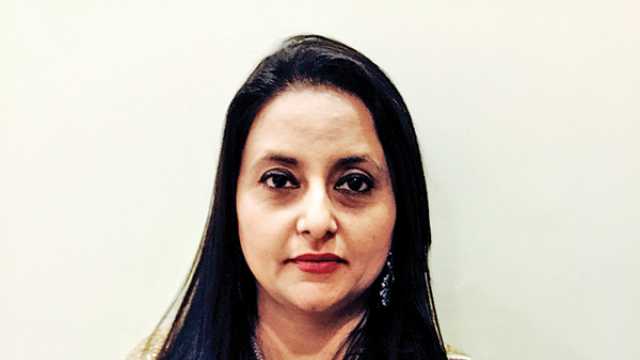While post-constitutional India promised individual rights and personal integrity to every citizen, it has hardly been a realised reality for more than half of the population. The same has been the fate of the right to freedom to practice and propagate the faith of their choice to all the citizens of the country.
This guarantee has been time and again restricted by patriarchal vigils of respective religious societies. This freedom is further rendered meaningless when the constitutional courts of the country institutionalize this discrimination. The cases of Hadiya and Goolrookh are exemplary illustrations of this situation.
The Kerala High Court earlier this year annulled Hadiya’s marriage and ordered her to return to her parents’ house, converting her decision to convert to Islam as ‘love jihad’. The High Court of Gujarat in the case of Goolrookh v. Burjor Pardiwala [2013 (2) RCR (Civil) 91] declared that a woman’s religious identity merges with that of the husband in case of marriage, under the Special Marriage Act, 1954.
Also read: No Freedom To Represent Herself: Hadiya And Her Many Lives
While the former case attracted a lot of media attention, the case of Goolrookh, remained comparatively unnoticed. However, it came into limelight when earlier this month, the Supreme Court referred the matter to a constitution bench and thus entered a glimmer of hope in the pursuit of gender justice.
The case concerns Goolrookh, a born Parsi woman, who married a Hindu under Special Marriage Act, 1954 but continued to practice Zoroastrianism. She was worried about her religious identity only when her friend, Ms Dilbar Valvi similarly placed as Goolrookh, was ruthlessly stopped by the Trustees of Valsad Trust from attending and performing the last ceremonies of her late mother.
The High Court of Gujarat declared that a woman’s religious identity merges with that of the husband in case of marriage, under the Special Marriage Act.
It has to be noted that she was allowed to pray at the same Tower of Silence when her father passed away. Fearing that the same fate might be meted out to her, Goolrookh wrote to the Trustees requesting to do away with such a discriminatory practice which has no religious basis.
She finally approached the Gujarat High Court, inflicted by the Trust’s unreasonable and inconsiderate ways, to safeguard her religious identity and integrity. Thus the question arose as to whether a Parsi woman can keep her religious identity intact after marrying someone from another faith.
The Gujarat High Court answered it in the negative. To come to this conclusion, it relied on the common law doctrine of coverture, which states that the identity of a woman is surrendered after marriage or it is merged into that of man.
Now this position has been done away with in England with the enactment of Married Women Properties Act, 1870. The court further said that the position could be different only in case a declaration is made by a competent court after a fact-finding inquiry. This is simply outrageous.
The Hon’ble High Court failed to point out any provision of law under which creation of a legal fiction, by which a woman entering into inter-religious marriage is deemed to have changed her religion, can be justified. The court definitely outstepped its jurisdiction here. This logic directly interferes with the freedom of religion guaranteed under Article 25 of the Constitution of India.
It destabilises the very personality of the woman. It also fails to address as to why Ms. Valvi was allowed earlier but disallowed later. Further when the religion of men remains intact after marrying into another religion, what befalls the woman? It not only fails the constitutional guarantees but also many international obligations.
This logic directly interferes with the freedom of religion guaranteed under Article 25 of the Constitution of India.
It would be relevant to consider the dissenting opinion of Justice Kureshi here. He perused the provisions of the Special Marriage Act, 1954 in detail and came to a conclusion that the very purpose of the 1954 Act was to allow inter-faith marriage while retaining religion. The idea was to attune the Act to the secular framework of our constitutional philosophy. Thus she has a fundamental right to have free access for the purpose of worship and other ceremonies as available to other Parsi Zoroastrians.
This is a seminal moment for the Supreme Court to take a stand for gender justice, shedding the institutional patriarchal notions and thus adhere to constitutional morality. This is an opportunity to rest the case on Article 15 and thus break the pattern of placing gender justice at the lowest slab in the hierarchy of fundamental rights. Even in the much celebrated triple talaq judgment, the arguments against gender discrimination inspired no empathy.
For the first time, a woman has come to disturb the slumber of patriarchal society and claim her religious identity, it is time that the Supreme Court yield to her rightful demand. We cannot afford a society where a woman cannot take decisions as to her own body, whether as to abortion or surrogacy or to her own mind, religious or spiritual status. Let us hope that constitutional morality wins.
Also Read: Forcing Hindu Women Back: Conversion By Siva Sakthi Yoga Centre
Featured Image Credit: DNA India




